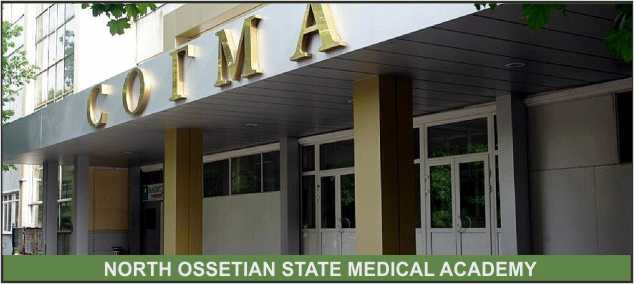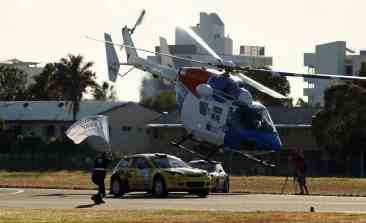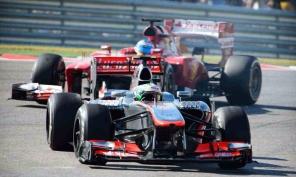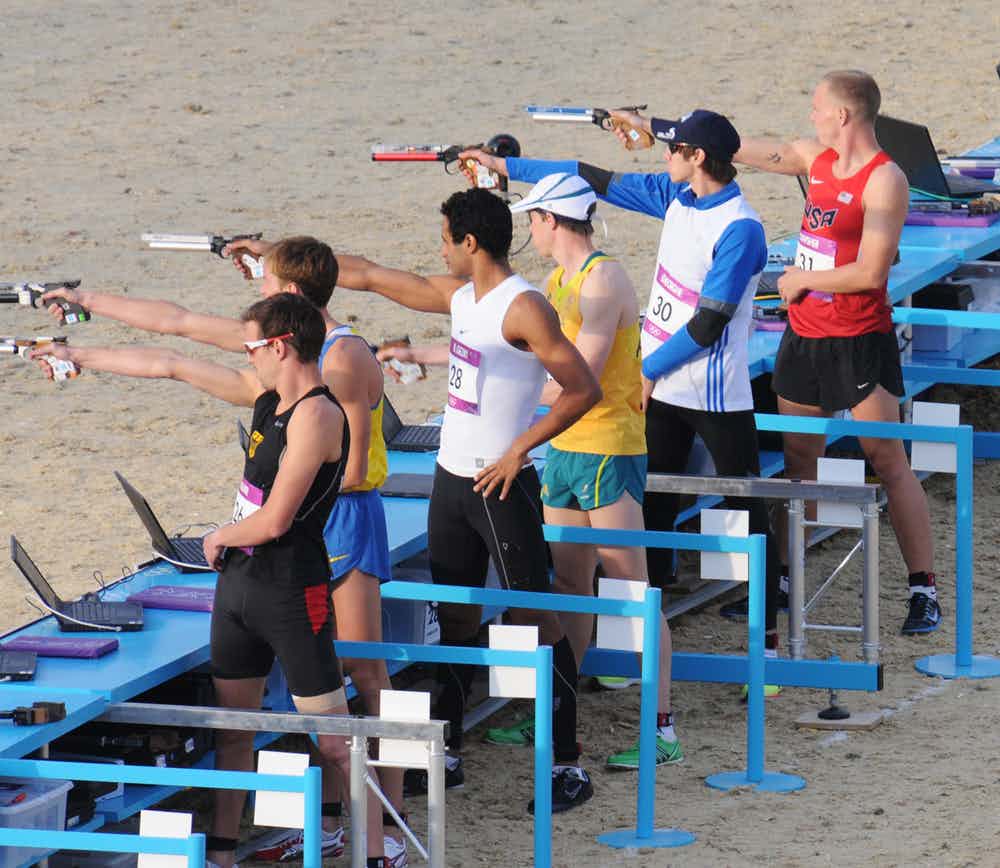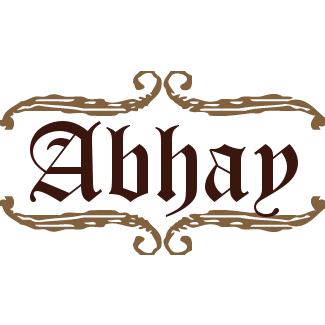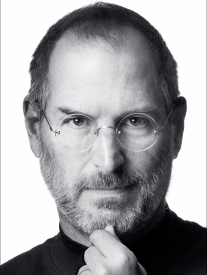
Steven Paul Jobs ( February 24, 1955 – October 5, 2011) was an American entrepreneur, businessman, inventor, and industrial designer. He was the co-founder, chairman, and chief executive officer (CEO) of Apple Inc.; CEO and majority shareholder of Pixar; a member of The Walt Disney Company‘s board of directors following its acquisition of Pixar; and founder, chairman, and CEO of NeXT. Jobs and Apple co-founder Steve Wozniak are widely recognized as pioneers of the microcomputer revolution of the 1970s and 1980s.
Jobs was born in San Francisco to parents who had to put him up for adoption at birth; he was raised in the San Francisco Bay Areaduring the 1960s. Jobs briefly attended Reed College in 1972 before dropping out. He then decided to travel through India in 1974 seeking enlightenment and studying Zen Buddhism.Jobs’s declassified FBI report stated that an acquaintance knew that Jobs had used the illegal drugs marijuana and LSD while he was in college. Jobs once told a reporter that taking LSD was “one of the two or three most important things” he did in his life.
Jobs and Wozniak co-founded Apple in 1976 to sell Wozniak’s Apple I personal computer. The visionaries gained fame and wealth a year later for the Apple II, one of the first highly successful mass-produced personal computers. In 1979, after a tour of PARC, Jobs saw the commercial potential of the Xerox Alto, which was mouse-driven and had a graphical user interface (GUI). This led to development of the unsuccessful Apple Lisa in 1983, followed by the breakthrough Macintosh in 1984. In addition to being the first mass-produced computer with a GUI, the Macintosh introduced the sudden rise of the desktop publishing industry in 1985 with the addition of the Apple LaserWriter, the first laser printer to feature vector graphics. Following a long power struggle, Jobs was forced out of Apple in 1985.
After leaving Apple, Jobs took a few of its members with him to found NeXT, a computer platform development company specializing in state-of-the-art computers for higher-education and business markets. In addition, Jobs helped to initiate the development of the visual effects industry when he funded the spinout of the computer graphics division of George Lucas‘s Lucasfilm in 1986 The new company, Pixar, would eventually produce the first fully computer-animated film, Toy Story—an event made possible in part because of Jobs’s financial support.
Back in 1982, a 26-year-old Steve Jobs gave a speech upon receiving the “Golden Plate” award from the Academy of Achievement in Washington, D.C.
It was a chance for Jobs to talk to high-achieving youngsters about how to make their lives and the world better.
So he told them to take LSD .
“Walt Disney took LSD, do you know that?” Jobs said, citing a not-quite-true urban legend. “He did it once, and that’s where the idea for ‘Fantasia’ came from.”
Jobs was telling the bright young things to experiment with hallucinogens because he thought it would make them more creative.
“If you’re gonna make connections which are innovative … you have to not have the same bag of experiences as everyone else does,” he said,echoing research on creativity , “or else you’re going to make the same connections [as everybody else], and then you won’t be innovative, and then nobody will give you an award.”
According to the psychology studies , the most creative people pursue an expansive range of experiences, which gives them the fuel for ideas. The more varied the inputs, the more original the outputs.
For Jobs, that was the problem with the conventional path of high school to college to career – it leads to conventional ideas.
“I heard about some kid that’s 14 on his way to Stanford, and that’s great,” Jobs said. “That’s sort of out of the ordinary, but you might want to think about going to Paris and being a poet for a few years. Or might wanna go to a third-world country. I’d highly advise that, and see people and lepers with their hands falling off and all that stuff. It’s very much, so worth doing.”
Jobs was speaking from his own experience. He dropped out of Reed College to travel around India – a trip that changed his life . After coming back from Asia, and before founding Apple, he got deep into Zen Meditation .
Jobs had experiences far different than his peers in the early days of Silicon Valley – which helps explain how he founded a startup so different than everybody else in tech.
for more updates stay continued
